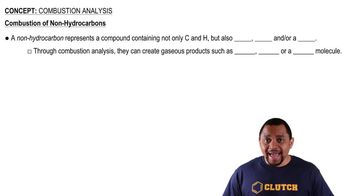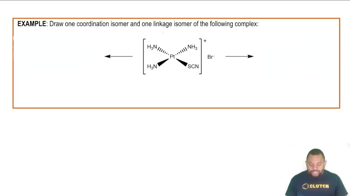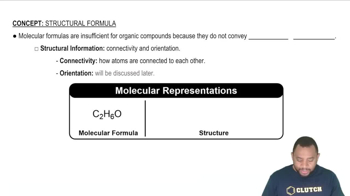Here are the essential concepts you must grasp in order to answer the question correctly.
Combustion Analysis
Combustion analysis is a technique used to determine the elemental composition of organic compounds. In this method, a sample is burned in excess oxygen, producing carbon dioxide and water. By measuring the amounts of these products, one can calculate the ratios of carbon and hydrogen in the original compound, which can help identify the compound's structure.
Recommended video:
Combustion of Non-Hydrocarbons
Isomerism
Isomerism refers to the phenomenon where compounds have the same molecular formula but different structural arrangements or spatial orientations. In the context of fused benzene derivatives, isomers can exhibit distinct physical and chemical properties, which may affect their combustion products. Understanding isomerism is crucial for interpreting combustion analysis results.
Recommended video:
Isomerism in Coordination Complexes Example
Molecular Formula vs. Structural Formula
The molecular formula indicates the number and types of atoms in a compound, while the structural formula shows how these atoms are arranged. In combustion analysis, knowing the molecular formula is essential, but distinguishing between different structural isomers is necessary to determine the specific compound. This distinction is vital when analyzing combustion products to identify the original compound.
Recommended video:




